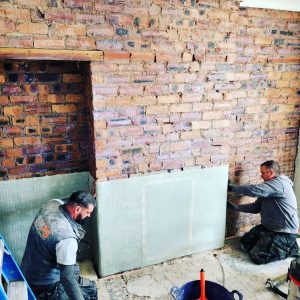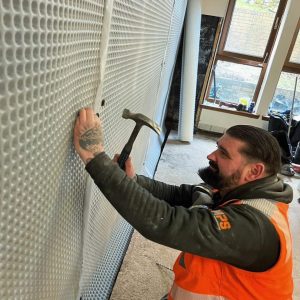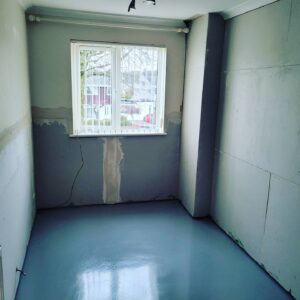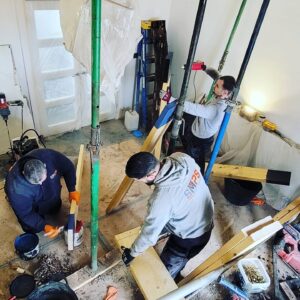OUR SERVICES
DAMP PROOFING GREENOCK
Need help with Damp Proofing in GREENOCK?
Call us today or request a survey online
What is Damp Proofing in Greenock?
Damp proofing is the vital process of defending your Greenock property against unwanted moisture infiltration. This technique employs various methods and materials to prevent water or dampness from permeating the walls, floors, and foundations of your building. Effective damp proofing ensures a dry, comfortable, and structurally sound living environment.
Greenock’s Damp Proofing Specialists
SMPS specialises in Damp Proofing Treatment, serving the unique needs of properties across Greenock and the surrounding areas. Our expert team excels in addressing the pervasive issue of dampness, offering tailored solutions to shield your Greenock property from the detrimental effects of moisture. With a profound understanding of Greenock’s climate and building structures, we employ cutting-edge techniques and high-quality materials to ensure your property remains dry and resilient. Rely on us to protect your investment, providing comprehensive damp proofing solutions that enhance the longevity and comfort of your space.
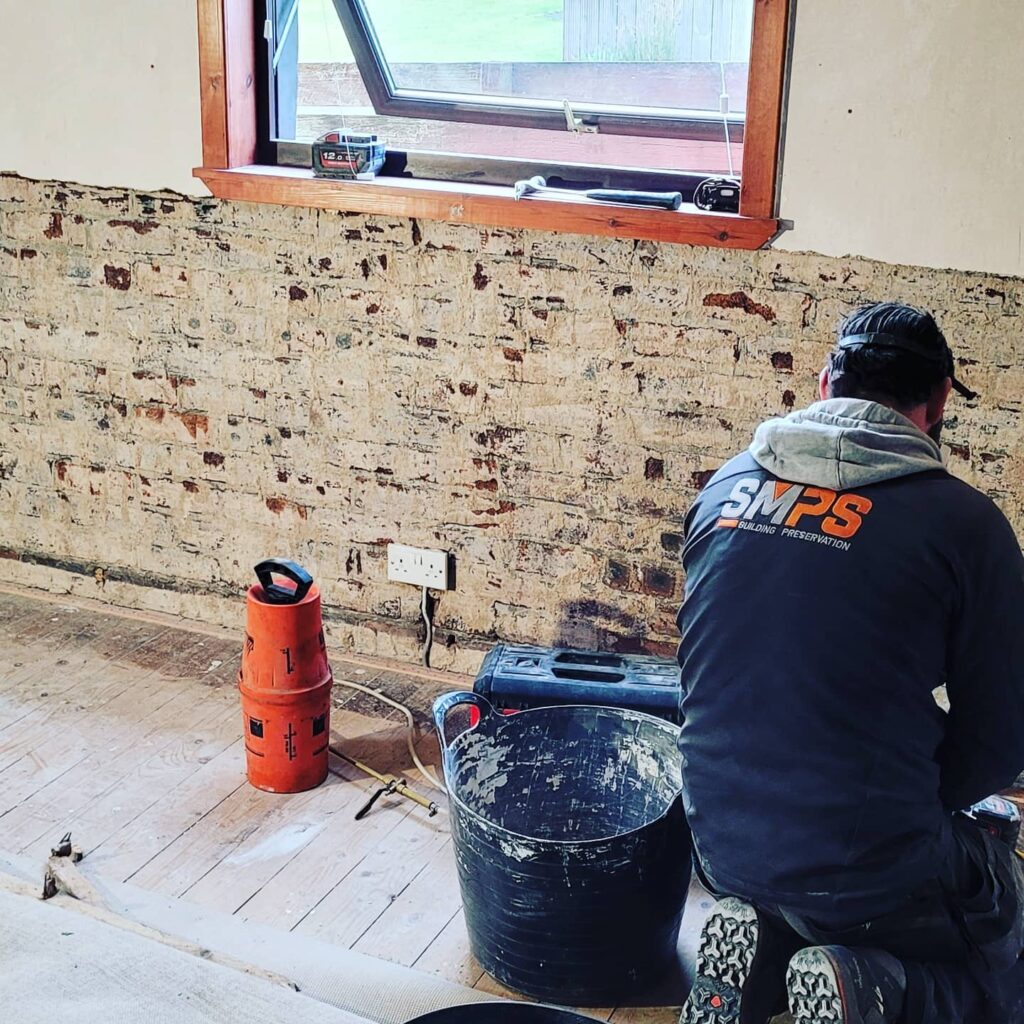
What are the Signs of Damp in your Greenock Property?
Identifying damp issues early can save you from costly repairs and health hazards. Watch out for these common signs of damp:
Irregular patches of dampness on walls or ceilings, often accompanied by discoloration and peeling paint or wallpaper.
A persistent, unpleasant smell, particularly in enclosed spaces or basements.
The growth of mold or mildew on walls, ceilings, or other surfaces, presenting a potential health risk.
Dampness can cause wooden structures to deteriorate, leading to weakened foundations or structural damage.
Excessive condensation on windows or walls, especially in cold weather.
Standing water or water droplets on surfaces, which indicate a severe damp issue.
What Causes Damp in a Property?
Understanding the root causes of dampness is crucial for effective prevention and treatment. Common sources of dampness include:
Groundwater slowly rises through porous building materials, such as bricks and mortar, leading to damp walls.
Rainwater or moisture infiltrates through cracks, leaks, or damaged roofing and wall structures.
Poor ventilation and high humidity levels can cause water vapor to condense on surfaces.
Improperly functioning gutters and drainage systems can direct water toward your property, increasing the risk of dampness.
Inadequate insulation can lead to temperature differentials that promote condensation and dampness.
